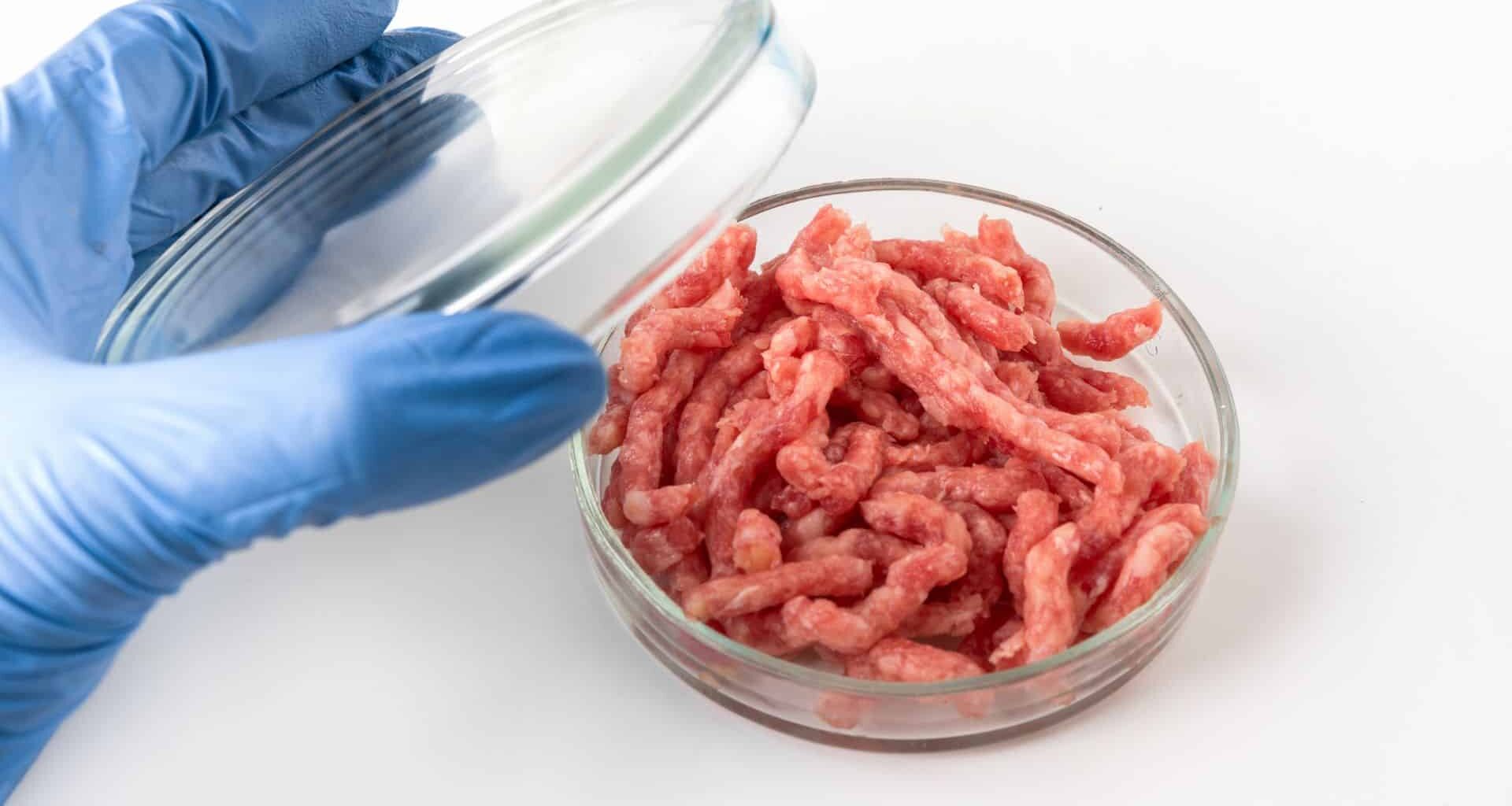Meat has officially entered a new era of production far beyond Earth’s surface. On October 7, Israeli food-tech company Aleph Farms revealed the results of a pioneering experiment conducted aboard the International Space Station (ISS), involving the cultivation of meat in microgravity. According to Live Science, this marks the first time that real, edible muscle tissue has been created in space using advanced bioprinting technology.
The process relied on bovine cell spheroids and did not involve traditional agriculture methods or animal slaughter. While the announcement signals a major leap forward, many details about the experiment are still being analyzed.
From Bovine Cells to Muscle Tissue: A Bioprinting Milestone in Microgravity
The space-grown meat didn’t magically appear in a bag of dehydrated rations. It was created through 3D bioprinting technology, using a specialized printer developed by 3D Bioprinting Solutions, a Russian biotech firm. The process involved aggregating bovine cell spheroids—tiny clusters of real cow cells—into a small piece of muscle tissue, the basic building block of meat.
According to Yoav Reisler, external relations manager at Aleph Farms,
The 3D bioprinter is equipped with a magnetic force which aggregated the cells into one small-scaled tissue, which is what meat is constructed by.
The experiment took place on September 26, when astronauts aboard the ISS were able to produce a viable tissue sample without gravity or scaffolding.

The real game-changer? Zero gravity speeds up tissue maturation and allows the meat to form naturally in all directions.
The tissue is being printed from all sides simultaneously, like making a snowball, while most other bioprinters create it layer by layer, – Reisler explained.
On Earth, gravity causes cells to fall downward during printing, requiring support structures. In space, they float and interact freely, creating an environment where only cell material is needed—no fillers, no support.
Climate Pressures Fuel the Race for Cultivated Meat
While the idea of cultivated meat might sound like science fiction, Aleph Farms is driven by very real concerns here on Earth—namely, climate change and the environmental toll of animal agriculture. The company cited the 2019 Intergovernmental Panel on Climate Change (IPCC) special report, which outlined the devastating impacts of meat production, including massive water and energy use.

Our planet is on fire and we have no other one today – Reisler said.
Our primary goal is to make sure it remains the same blue planet we know also with our next generations.
Just how inefficient is traditional beef? According to Didier Toubia, Aleph Farms’ CEO and co-founder,
In space, we don’t have 10,000 or 15,000 liters (3962.58 gallons) of water available to produce one kg (2.205 pounds) of beef.
And that stark reality is what’s fueling Aleph’s urgency.
This joint experiment marks a significant first step toward achieving our vision to ensure food security for generations to come, while preserving our natural resources – Toubia added.
The company worked alongside 3D Bioprinting Solutions and two U.S.-based food companies to validate the concept, uniting global partners in what could become a cornerstone technology for future food resilience.

